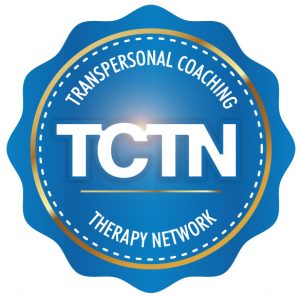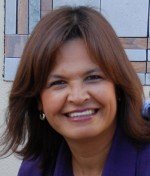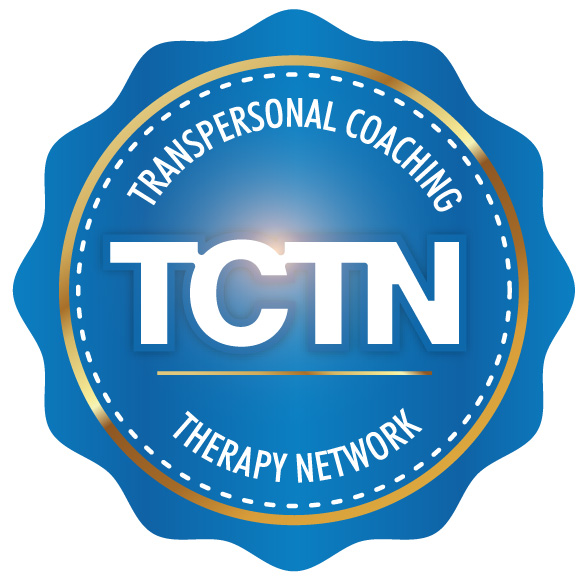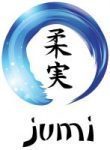Transpersonal Coaching & Therapy Network Forum
Use of this forum is exclusively for TCTN members.
.
For information about TCTN membership (free) visit the TCTN page.
.
Register or login below to add a new forum topic or respond to an existing topic.
Notifications
Clear all
Topic starter
13/11/2022 6:20 pm
As a child attending church each Sunday, I recall that I would look at my hand long enough to make me think that my fingers looked strange as if they did not belong there. Years later when first studying hypnotherapy I came to realise that this was a form of trance induction.
There are various levels of trance. How many times have you driven from A to B and got wrapped up in your own thoughts and then wondered how you got to your destination? Or perhaps you've been doing the washing up or other repetitive task and simply not been aware of the task itself because your mind was focusing on other subject matter? These are instances of trance. "People most often think of trance as an extraordinary state. In fact it is a naturally occurring experience everybody accesses on a daily basis." (1)
It was therefore good to see in the parts integration video the use of trance induction through looking at the palm of the hand. This helped keep the participant in a focused whilst receptive state and still capable of listening to Jevon and providing responses.
Open awareness could perhaps be thought of as a form of self-hypnosis. I have previously done a workshop on parts integration with Brian Roet and in his book "Understanding Hypnosis" (2), as a means of entering a state of self-hypnosis, he suggests to "focus your eyes on a point on the ceiling (it is preferable if your eyes are looking upwards), and stay staring at that point". This leads to a desire/need to close the eyes but awareness is maintained as an altered state is entered where thoughts or feelings may be observed passively while aware also of breathing and a state of bodily relaxation. This can then be likened to an eyes closed somatic practice of open awareness. Roet suggests that self-hypnosis acts as an ‘oasis in the desert of stress’ where understanding of the issue may arise. This ties in to the practice of Open Awareness being beneficial for stress reduction.
I would be interested to hear of your experiences of naturally occurring trance and how you use light trance states as ‘oasis in the desert of stress’.
(1) Silvester, T., 2003. Wordweaving Volume I: The Science of Suggestion. 1st ed. Burwell: The Quest Institute.
(2) Roet, B., 2014. Understanding Hypnosis: A practical guide to the health-giving benefits of hypnotherapy and self-hypnosis (p.65). 1st ed. London: Piatkus.
This topic was modified 1 year ago by Narayani
14/11/2022 10:45 am
Well, Narayani, as a start, I would agree that the visual squash parts integration is a case in point of the utility of hypnotic phenomena.
If one were to observe the technique from afar and experientially, how long would the list be of inherent behaviours that may induce a trance-like state?
To the list I could add the use of imagery ("if that part could take a form, what would it look like"), dissociation ("look down upon that part in the palm of your hand"), internal dialogue ("if that part were to want to say something, I wonder what that would be?"), somatic fixation ("keep holding your hands up in the air resting against your body") and embodiment. There's also a setting of intent associated with the "theatre" of the approach, don't you think? What else?
My sense is that OA has overlap with a hypnotic state, but it is also different. OA places less emphasis on a trance state with non-conscious dominance and more on experiential mindful reflection, OA seeks concurrent integration and balance of sensory and perpetual faculties to a greater degree, and perhaps more of an embodied experience. But at some point these distinctions become somewhat technical, perhaps. Hypnosis and OA are both receptive and calm states, and although hypnosis traditionally is more goal orientated (we want to work on a particular issue with roots in the non-conscious) than mindful states such as OA, I'm not always sure if that distinction is valid.
The way that you describe the approach with Roets, has plenty of overlap with OA, yes, indeed.
This is such an important discussion, because if we can start to reflect on the "meta-states" that lead to healing, transformation or equanimity, we may be able to apply elements of different traditions according to individual settings. We aren't married to a particular set of techniques, but we understand what is happening within and behind the technique, and that's what we can deconstruct and reconstruct in the service of our client.
Fascinating stuff, thank you! I would love to further this discussion here.
Hennie
15/12/2022 11:38 am
I agree, the state as you mention it, is almost acting as a self-hypnosis, but there doesn’t feel that there is much of a distinction between this and open awareness. Hypnosis does seem more of a goal orientated induced state, which differs somewhat from open awareness but not completely.
Narayani, I also as a child had natural occurrences of feeling in a induced trance, which were almost always triggered by nature. There would be something within nature that would catch my eye and I became fixated. As a child I would aimlessly stare at the leaves of plants softly bustling in the wind, or when the sea would calmly and slowly push up against the shore. It would always be the edges of these physical parts of nature. This happens to me even now.
I remember once watching a Q&A with Eckhart Tolle and he mentioned how life experiences or challenges even as a young child can affect the acceleration and transcendence of a child’s awareness. How these are pivotal points of flowering our individual consciousness. How over time the readiness of this awareness can erode due to our ego identity. This is also why sometimes children can speak with such wisdom.
I find it really interesting how a soft gazing can bring about such a relaxed state. However, the action of this gazing feels like such a powerful focus and creates a profound impact on our states or senses.
Well, Narayani, as a start, I would agree that the visual squash parts integration is a case in point of the utility of hypnotic phenomena.
If one were to observe the technique from afar and experientially, how long would the list be of inherent behaviours that may induce a trance-like state?
To the list I could add the use of imagery ("if that part could take a form, what would it look like"), dissociation ("look down upon that part in the palm of your hand"), internal dialogue ("if that part were to want to say something, I wonder what that would be?"), somatic fixation ("keep holding your hands up in the air resting against your body") and embodiment. There's also a setting of intent associated with the "theatre" of the approach, don't you think? What else?
My sense is that OA has overlap with a hypnotic state, but it is also different. OA places less emphasis on a trance state with non-conscious dominance and more on experiential mindful reflection, OA seeks concurrent integration and balance of sensory and perpetual faculties to a greater degree, and perhaps more of an embodied experience. But at some point these distinctions become somewhat technical, perhaps. Hypnosis and OA are both receptive and calm states, and although hypnosis traditionally is more goal orientated (we want to work on a particular issue with roots in the non-conscious) than mindful states such as OA, I'm not always sure if that distinction is valid.
The way that you describe the approach with Roets, has plenty of overlap with OA, yes, indeed.
This is such an important discussion, because if we can start to reflect on the "meta-states" that lead to healing, transformation or equanimity, we may be able to apply elements of different traditions according to individual settings. We aren't married to a particular set of techniques, but we understand what is happening within and behind the technique, and that's what we can deconstruct and reconstruct in the service of our client.
Fascinating stuff, thank you! I would love to further this discussion here.
Hennie
I agree, the state as you mention it, is almost acting as a self-hypnosis, but there doesn’t feel that there is much of a distinction between this and open awareness. Hypnosis does seem more of a goal orientated induced state, which differs somewhat from open awareness but not completely.
Narayani, I also as a child had natural occurrences of feeling in a induced trance, which were almost always triggered by nature. There would be something within nature that would catch my eye and I became fixated. As a child I would aimlessly stare at the leaves of plants softly bustling in the wind, or when the sea would calmly and slowly push up against the shore. It would always be the edges of these physical parts of nature. This happens to me even now.
I remember once watching a Q&A with Eckhart Tolle and he mentioned how life experiences or challenges even as a young child can affect the acceleration and transcendence of a child’s awareness. How these are pivotal points of flowering our individual consciousness. How over time the readiness of this awareness can erode due to our ego identity. This is also why sometimes children can speak with such wisdom.
I find it really interesting how a soft gazing can bring about such a relaxed state. However, the action of this gazing feels like such a powerful focus and creates a profound impact on our states or senses.
THIS FORUM IS FOR:
- Exploring the value of transpersonal perspectives in coaching or therapy.
- Investigating the usefulness of transpersonal interventions in coaching or therapy.
- Engaging in conversations to inspire and motivate a transpersonal vision among coaches and therapists.
- Introducing and discussing transpersonal models and processes that can be applied in coaching or therapy.
- Sharing ideas, knowledge, experiences and resources that are useful to transpersonal coaches or therapists.
FORUM RULES:
- Only TCTN members are permitted to post in the TCTN forum. Membership is free
- Posts that are offensive, biased, unethical, unfair or generally negative will not be accepted.
- Any misconduct on the part of a member will result in that member being removed from TCTN and all their member benefits withdrawn.
- It is acceptable to link to published papers, articles and resources that are directly related to the topic of the forum post, however, promoting of services will not be allowed unless the service is relevant and has been granted the IACTM Stamp of Approval.










